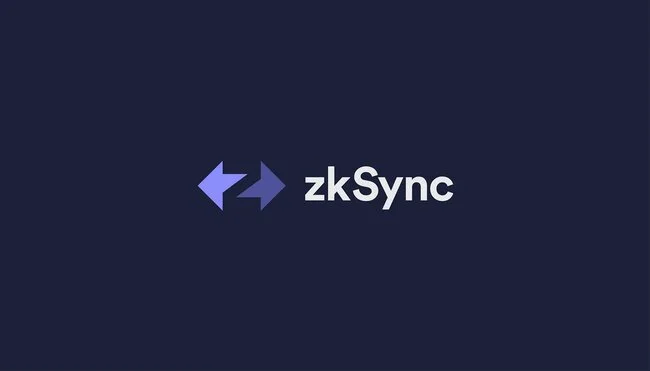Thanks to blockchain, we are seeing a shift in how digital transactions and governance are handled due to decentralization. But that’s not all, blockchain technology isn’t just about cryptocurrencies.
It’s also introducing a whole new way of structuring and managing organizations through Decentralized Autonomous Organizations (DAOs). DAOs are nothing short of a revolution in the blockchain and cryptocurrency sphere, completely reshaping the formation, governance, and operation of organizations.
In this article, we’ll look at the relationship between DAOs and blockchain, exploring the synergy of decentralization and how the collaboration could impact blockchain technology.
Key Takeaways:
- DAOs use blockchain for decentralized, transparent, and autonomous governance without a central authority.
- DAOs operate using smart contracts and governance tokens, allowing members to vote on decisions and ensuring automated, efficient operations.
- DAOs face legal uncertainties, scalability issues, security risks, and decision-making challenges, which need resolution for broader adoption.
- DAOs are expected to integrate with traditional systems while expanding into new industries and enhancing user empowerment.
Brief History of DAOs
The concept of a Decentralized Autonomous Organization (DAO) has roots in the early days of the Internet and the emergence of decentralized systems. In the late 1990s and early 2000s, computer scientist Nick Szabo introduced the idea of a “smart contract“, a self-executing contract with the terms of the agreement encoded into software.
Szabo envisioned smart contracts as a way to facilitate transactions without intermediaries, such as lawyers or financial institutions. As blockchain technology evolved, the concept of a DAO began to take shape.
In 2013, Stephan Tual, a co-founder of Ethereum, coined the term “DAO” and described it as “a decentralized organization that lives on the internet and exists autonomously, but also relies on individuals for tasks it cannot automate.”
The First DAO
The launch of Ethereum in 2015 made the first practical implementation of a DAO possible, as Ethereum enabled the use of smart contracts to govern decentralized organizations. The first DAO built on Ethereum, simply called “The DAO,” launched in April 2016 as a decentralized venture capital fund.
Investors could purchase “DAO tokens” and use them to vote on investment proposals for blockchain projects. The DAO raised over $150 million in its initial coin offering (ICO), making it an immediate success.
However, a vulnerability in The DAO’s smart contract code led to a hacker exploiting it and stealing $50 million worth of DAO tokens in June 2016. The incident prompted a hard fork in the Ethereum blockchain.
One version continued as Ethereum Classic, while the new version (Ethereum) restored the stolen funds. While the hack drew criticism and skepticism about DAOs, it also fueled further interest in blockchain governance.
The incident led to the development of Solidity, a more secure smart contract language, and sparked the creation of many new DAOs. Today, DAOs take various forms, including decentralized exchanges, prediction markets, and lending platforms, but they all share the same principle: decentralized governance through smart contracts.
“In July 2017, the Securities and Exchange Commission (SEC) issued a report stating that The DAO’s sale of tokens on the Ethereum blockchain constituted the sale of securities, thereby violating U.S. securities laws.”
What Are DAOs
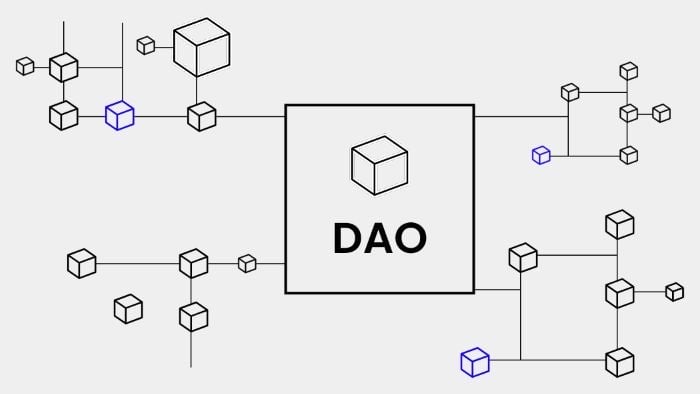
Decentralized Autonomous Organizations (DAOs) are blockchain-based organizations that have no central authority and are governed either democratically or through participatory algorithms.
This enables global membership while fostering cooperation across geographical, cultural, and traditional boundaries to share a common goal of acting in the organization’s best interest. In essence, the idea behind a DAO is to manage and oversee an entity in a way similar to a corporation but without centralized control.
Instead, the collective group of participants and leaders acts as the governing body. This allows anyone to easily influence decision-making and participate in task execution, extending the idea of self-organizing organizations on a global scale.
How DAOs Work
The rules governing a DAO are established by a core group of community members using smart contracts, which form the foundational framework for its operations. These contracts are transparent, verifiable, and publicly auditable, allowing anyone interested to understand how the protocol functions.
Once these rules are embedded in the blockchain, the DAO focuses on securing funding, often through token issuance. By selling tokens, the DAO raises funds to fill its treasury, and in return, token holders receive voting rights, typically proportional to the number of tokens they own.
After funding, the DAO is ready to launch, and once deployed, its code becomes immutable, with any future changes requiring consensus from the community of token holders. No central authority can alter the rules as governance is purely in the hands of the community.
Essentially, smart contracts support democracy by simplifying proxy-based voting, increasing transparency, reducing costs, and preventing fraud. This reshapes traditional organizational structures.
“Whereas most technologies tend to automate workers on the periphery doing menial tasks, blockchains automate away from the center. Instead of putting the taxi driver out of a job, blockchain puts Uber out of a job and lets the taxi drivers work with the customer directly.”
– Vitalik Buterin, Co-Founder of Ethereum
Key Components of DAOs
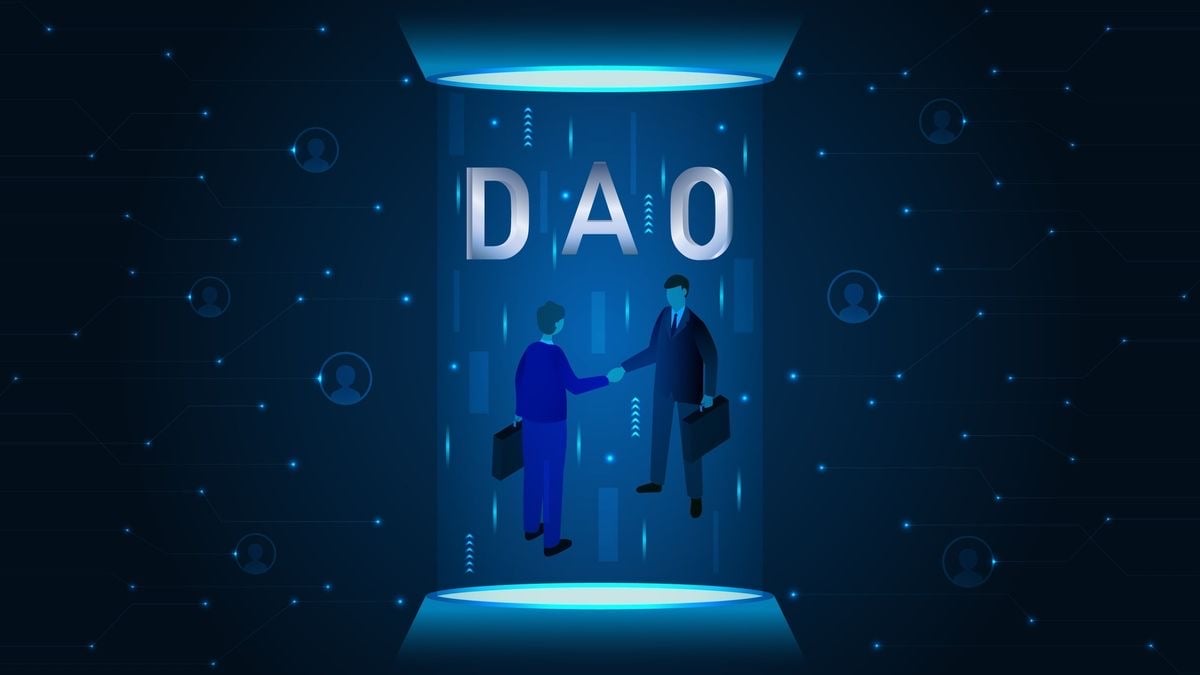
Now that we know what DAOs are and how they work, let’s look at the components that are important for these entities to function.
Smart Contracts
Smart contracts are self-executing contracts with the terms of the agreement directly written into code. In DAOs, smart contracts define the rules and execute agreed-upon decisions automatically. This automation minimizes the need for intermediaries and reduces the risk of human error or manipulation.
Governance Tokens
Governance tokens are digital assets that give holders the right to vote on various proposals within a DAO. These tokens are often distributed to members based on their contributions or investments in the DAO, ensuring that those with a stake in the organization have a say in its governance.
Decentralized Voting Mechanisms
DAOs use decentralized voting systems to allow members to propose and vote on changes, new projects, or other organizational decisions. Voting power is typically proportional to the number of governance tokens held, ensuring that decision-making power is distributed according to members’ stakes.
DAOs Benefits
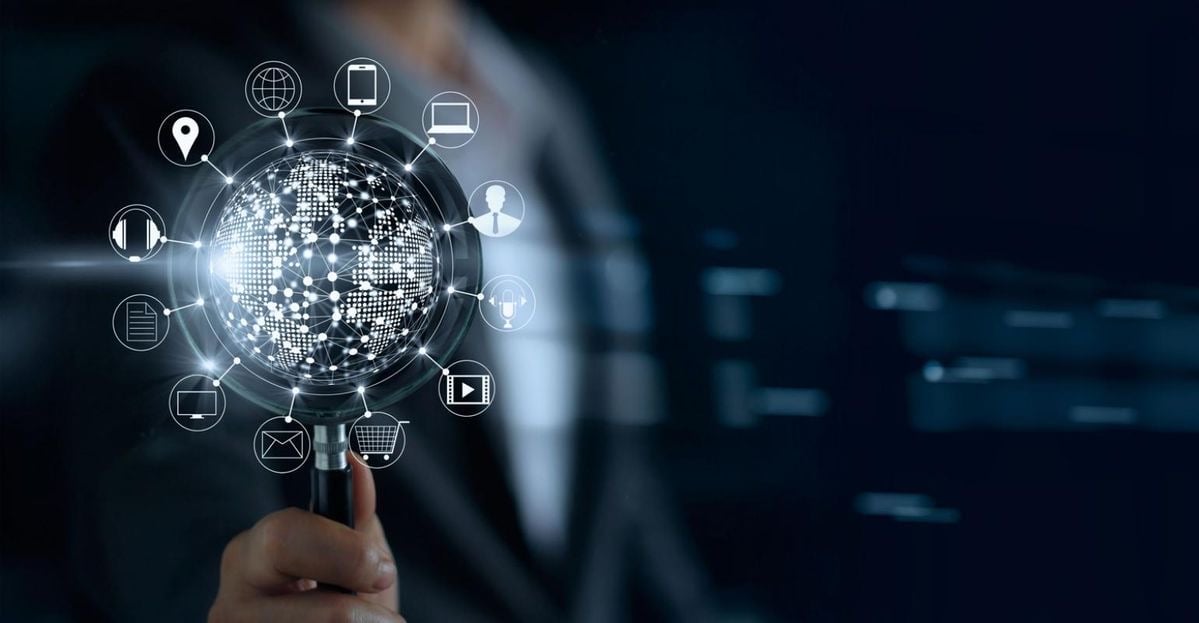
There are several compelling reasons why an entity might adopt a DAO structure. Some key benefits include:
Decentralization
In contrast to traditional management structures, where decisions are made by a centralized authority like a CEO or Board of Directors, DAOs distribute decision-making across a broad group of participants. This decentralization ensures that power is not concentrated and that many individuals can have a say in important matters.
Participation
A DAO fosters greater engagement by giving members the power to vote on issues and influence the direction of the organization. While individual voting power may vary, the system encourages token holders to actively participate in governance, cast votes, or burn tokens, making them feel more connected and invested in the entity’s success.
Publicity
The transparent nature of DAOs means that all votes are cast on the blockchain, making decisions public and accountable. This visibility incentivizes participants to act responsibly, enhancing trust within the community and discouraging actions that might harm the entity’s reputation.
Community
DAOs enable global collaboration, allowing individuals from different geographical locations to come together and work toward a common goal. With just an internet connection, token holders can contribute to the collective vision, fostering a sense of unity and shared purpose across borders.
However, note that not all DAOs are created equal, and each serves different purposes based on the goals and structure of the organization.
Types of DAOs
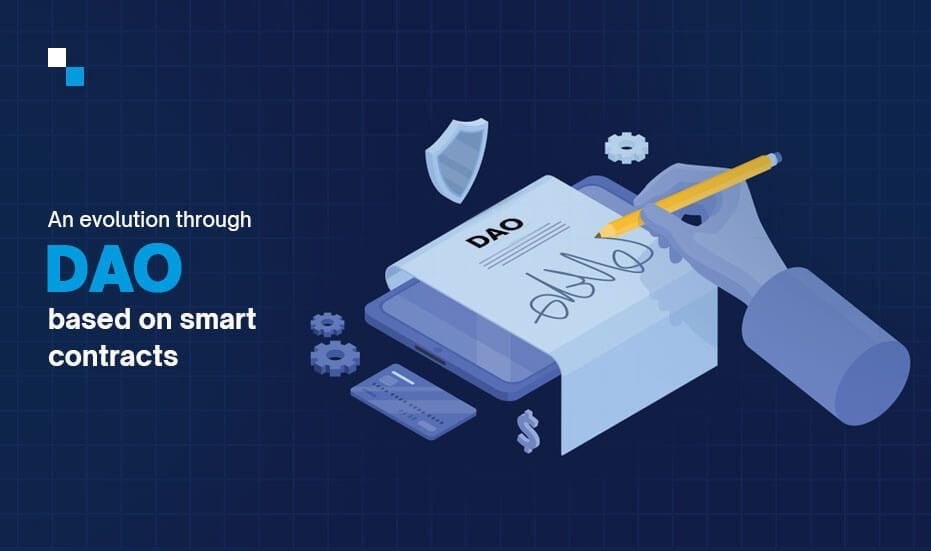
To help you understand the various types of DAOs that exist today, here are some common categories:
Protocol DAOs
These DAOs govern decentralized protocols, typically in areas such as DeFi (decentralized finance). Token holders vote on upgrades and key decisions regarding the protocol’s future. Their purpose is to ensure the protocol evolves in the best interest of the community.
For example, Uniswap launched its governance token, UNI, to empower the community with voting rights over the platform’s development and operations. This system ensures that only proposals with significant community support are considered.
Investment DAOs
Sometimes referred to as “decentralized venture capital funds,” these DAOs pool resources from members and make investment decisions collectively. For example, DAOs like The LAO allow token holders to invest in early-stage blockchain startups, where profits are distributed proportionally to each member’s contribution.
Grants DAOs
These DAOs distribute grants to fund projects that align with their mission. For example, Gitcoin DAO funds open-source projects that benefit the broader web3 ecosystem. Token holders vote on which projects should receive grants, ensuring the DAO’s resources are allocated effectively.
Social DAOs
Built around shared interests or social experiences, social DAOs create a space for community interaction, collaboration, and networking. These organizations often focus on culture and community-building, such as Friends With Benefits (FWB), which aims to create a web3-driven social club.
Service DAOs
These DAOs operate as decentralized talent networks where members offer their skills to complete tasks or projects. In return, they earn tokens or other rewards. Service DAOs like Raid Guild are often involved in areas like development, marketing, or design, functioning like decentralized agencies.
Collector DAOs
These DAOs pool funds to collect valuable NFTs or digital assets as a group. An example of a notable collector DAO, such as FlamingoDAO, emerged alongside the rise of NFTs.
This DAO focuses on acquiring and managing high-value NFTs from prominent digital artists like Pak, Hackatao, and XCopy. One of their notable acquisitions includes CryptoPunk #2890, which was purchased in 2021 for $760,000 USD.
Additionally, collector DAOs allow members to co-own and collectively manage high-value items.
Media DAOs
These organizations aim to disrupt traditional media by creating decentralized content platforms where the community creates, curates, and manages content. In this community, token holders control the distribution and monetization of media content.
An example is the BanklessDAO, a decentralized community focused on advancing and spreading bankless media, culture, and education. Its mission is to promote the adoption of a fully bankless financial system.
The Synergy Between DAOs and Blockchain
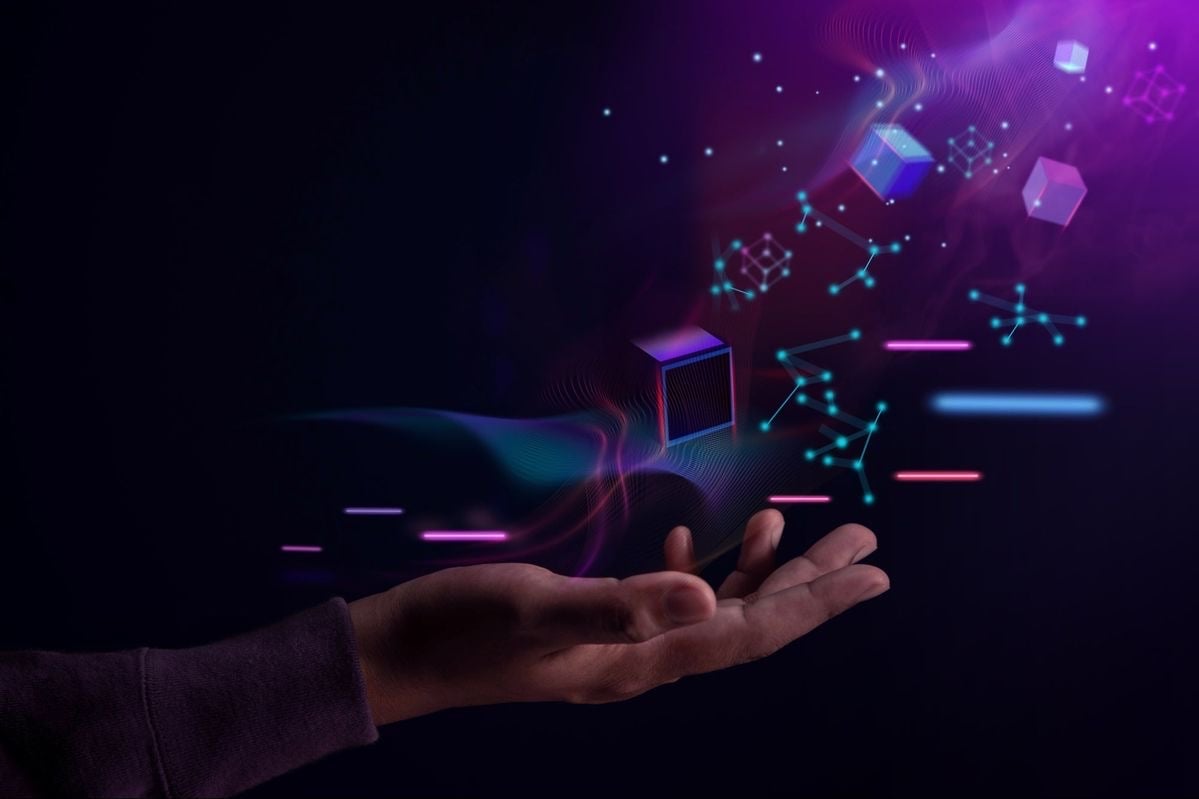
Blockchain technology provides the foundational infrastructure for DAOs, enabling the decentralized, transparent, and secure operation of these organizations.
Here’s how blockchain enhances the functionality of DAOs:
Immutability and Transparency
Blockchain’s immutable ledger ensures that all transactions and decisions within a DAO are permanently recorded and cannot be altered. This transparency builds trust among members, as they can independently verify every action taken by the DAO.
In contrast to traditional organizations, where decision-making processes are often opaque, DAOs offer a level of transparency that is unmatched.
Decentralization and Security
The decentralized nature of blockchain eliminates the need for a central authority, reducing the risk of corruption, fraud, and censorship. DAOs are secured by the blockchain’s consensus mechanism, which requires a majority of nodes to agree on the validity of transactions.
This decentralized security model makes DAOs resistant to single points of failure and external tampering.
Autonomous Operations
Smart contracts enable DAOs to operate autonomously, executing decisions and processes without human intervention. This autonomy reduces operational costs and increases efficiency, as routine tasks can be automated and executed according to predefined rules.
Additionally, the removal of intermediaries lowers the potential for conflicts of interest and reduces the overhead associated with traditional organizational structures.
Global Accessibility
Blockchain’s borderless nature allows DAOs to be accessible to anyone with an internet connection, regardless of geographic location. This global accessibility democratizes participation, enabling a more diverse and inclusive membership base.
Participants from different parts of the world can collaborate and contribute to the DAO, bringing varied perspectives and expertise to the table.
“The main advantage of blockchain technology is supposed to be that it’s more secure, but new technologies are generally hard for people to trust, and this paradox can’t really be avoided. “
– Vitalik Buterin, Co-Founder of Ethereum
Use Cases of DAOs in the Blockchain Ecosystem
DAOs have a wide range of applications across various sectors. Here are some prominent use cases:
Decentralized Finance (DeFi)
In the DeFi sector, DAOs play an important role in managing decentralized platforms that offer financial services such as lending, borrowing, and trading. For example, MakerDAO governs the Dai stablecoin, which is pegged to the US dollar and maintained through collateralized debt positions.
This allows MakerDAO members to vote on decisions and ensure the stability of the Dai ecosystem.
Venture Capital and Crowdfunding
DAOs are revolutionizing the venture capital and crowdfunding industries by enabling decentralized investment and funding models. For example, Krause House DAO is a venture-focused DAO with the ambitious goal of purchasing a professional NBA team.
Made up of investors and basketball enthusiasts, members of Krause House DAO would have a say in various aspects of the team’s operations.
Social and Content Platforms
Social media and content creation platforms are increasingly exploring DAO models to empower users and creators. For instance, platforms like Mirror.xyz use DAOs to allow writers and creators to fund their work through decentralized funding mechanisms.
The community can vote on which content gets funded, ensuring that the platform remains user-driven and community-oriented.
Decentralized Governance
DAOs are also being used for decentralized governance in various blockchain projects. For example, Compound, a DeFi protocol, uses a DAO to allow token holders to vote on proposals related to protocol upgrades and changes.
This decentralized governance model ensures that the community has a direct say in the development and direction of the protocol.
Challenges and Limitations of DAOs
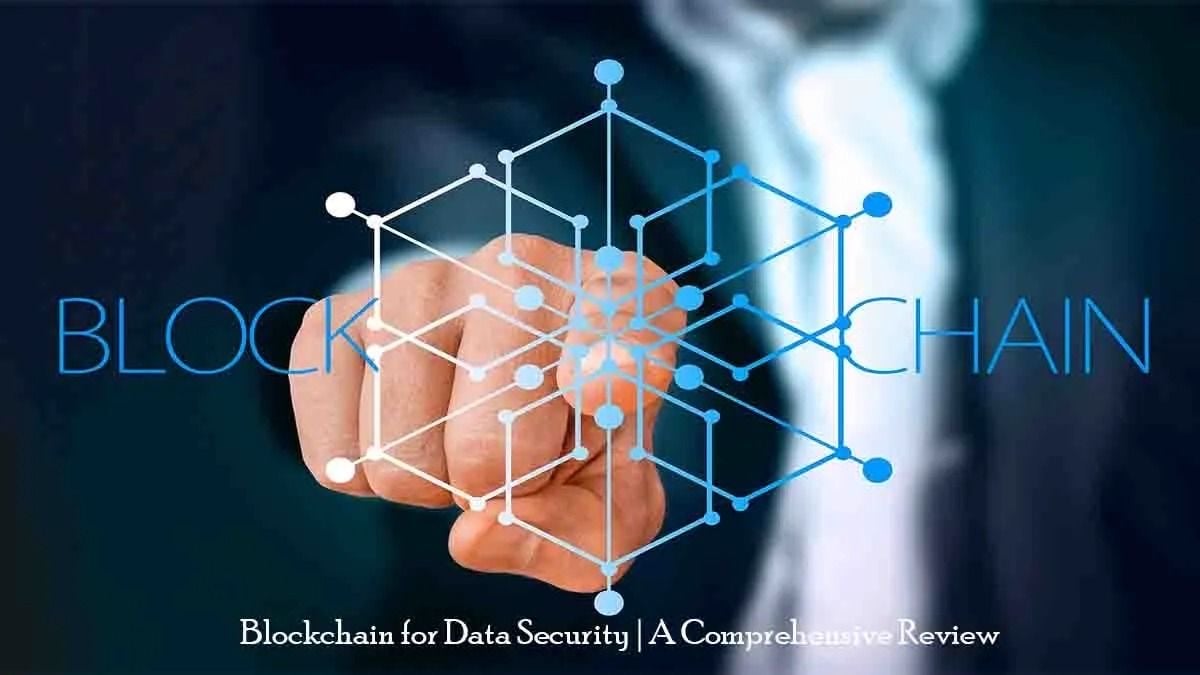
While DAOs offer numerous benefits, they also face several challenges and limitations that need to be addressed for widespread adoption:
Legal and Regulatory Uncertainty
One of the most significant challenges facing DAOs is the lack of clear legal and regulatory frameworks. Since DAOs operate without a central authority, it can be challenging to determine liability and enforce contracts in traditional legal systems.
Additionally, the decentralized nature of DAOs makes them difficult to regulate, leading to potential conflicts with existing laws and regulations.
Scalability Issues
As DAOs grow in size and complexity, scalability becomes a concern. The decentralized nature of blockchain networks can lead to slower transaction times and higher costs as the number of participants increases. This can hinder the efficiency and effectiveness of DAOs, particularly in large-scale applications.
Security Risks
While blockchain technology offers a high level of security, DAOs are not immune to vulnerabilities. Smart contracts, which are integral to DAOs, can contain bugs or vulnerabilities that malicious actors can exploit.
The infamous hack of The DAO in 2016, which resulted in the loss of millions of dollars worth of Ether, highlights the importance of thorough security audits and testing.
Furthermore, once a DAO is operational, altering its code, including implementing bug fixes, becomes challenging. Unlike centralized systems where code changes are more straightforward, correcting a DAO involves writing new code and achieving consensus to migrate funds.
Despite the visibility of the code, making repairs is complex and can leave known security vulnerabilities open to exploitation unless a moratorium is imposed to allow for bug fixes.
Decision-Making Challenges
Decentralized decision-making can be both a strength and a weakness of DAOs. While it ensures that power is distributed among members, it can also lead to slow and inefficient decision-making processes.
Achieving consensus among a large and diverse group of members can be time-consuming, and conflicting interests may lead to gridlock.
Coups
DAOs can be vulnerable to coups or hostile takeovers, particularly if governance is determined by token ownership. A notable example occurred in 2022 when a single individual accumulated enough tokens to gain control over Build Finance DAO.
This person exploited their voting power to drain the DAO of its cryptocurrency, highlighting the risks associated with token-based governance.
The Future of DAOs and Blockchain
As the technology matures and the ecosystem evolves, several trends are likely to shape the future of DAOs:
Integration with Traditional Systems
DAOsTo achieve mainstream adoption, DAOs may need to integrate with traditional legal and financial systems. Hybrid models that combine the benefits of decentralization with the legal protections of traditional entities could emerge, offering a more balanced approach.
Enhanced Security and Governance Models
As the technology behind DAOs advances, new security measures and governance models are likely to emerge. This could include more sophisticated smart contract auditing tools, improved consensus mechanisms, and novel approaches to decentralized governance that address current challenges.
Expansion into New Industries
While DAOs have primarily been focused on the blockchain and cryptocurrency sectors, their potential extends far beyond these industries. In the future, DAOs could be applied to various fields, including supply chain management, healthcare, education, and more, bringing the benefits of decentralization to a wider range of industries.
Increased User Empowerment
As DAOs continue to grow, they have the potential to empower users and communities in unprecedented ways. By giving individuals more control over the organizations and platforms they participate in, DAOs could foster a more equitable and inclusive digital economy.
Conclusion
DAOs represent a transformative shift in how organizations can be structured and operated. By leveraging the power of blockchain technology, DAOs offer a decentralized, transparent, and democratic alternative to traditional organizational models.
While challenges remain, the synergy between DAOs and blockchain has the potential to revolutionize various industries and pave the way for a more decentralized future. As the ecosystem continues to evolve, DAOs could play a central role in shaping the future of governance, finance, and beyond.
FAQs
What is a DAO?
A Decentralized Autonomous Organization (DAO) is a blockchain-based entity run by code (smart contracts) and governed by its members, eliminating the need for centralized leadership.
How do DAOs use blockchain?
DAOs rely on blockchain to ensure transparency, security, and decentralization in decision-making, enabling members to vote and participate in governance.
What are the challenges faced by DAOs?
Key challenges include legal ambiguities, scalability, security risks, and complexities in efficient decision-making.
What is the future potential of DAOs?
DAOs could revolutionize industries like finance, governance, and social networks by offering decentralized and democratic solutions, promoting user empowerment and innovation.



